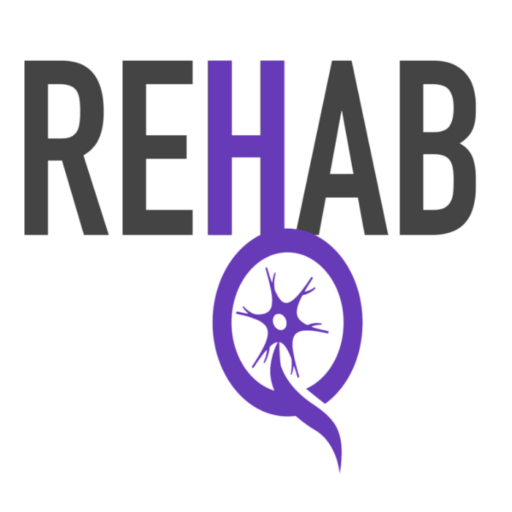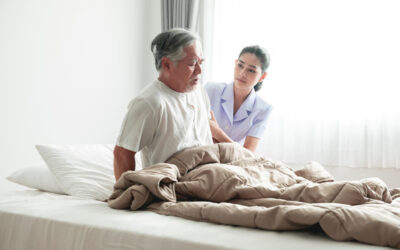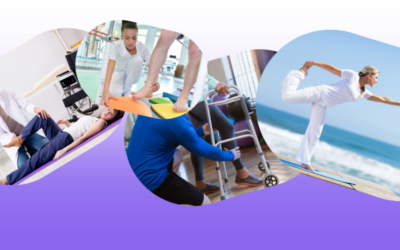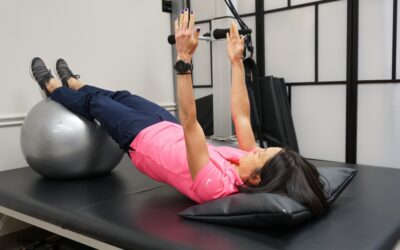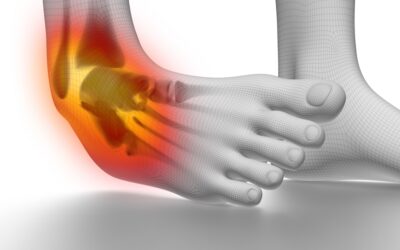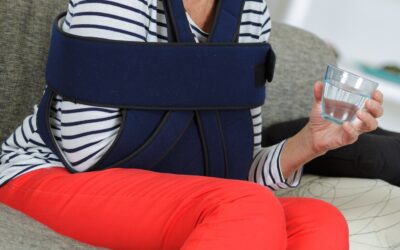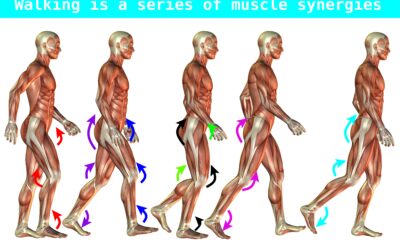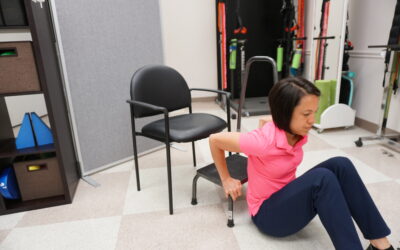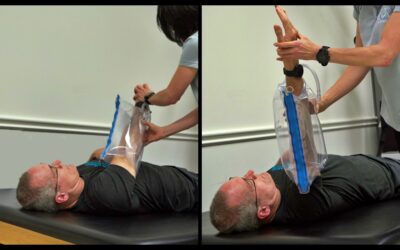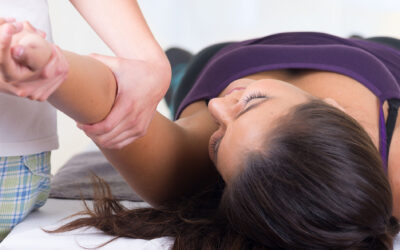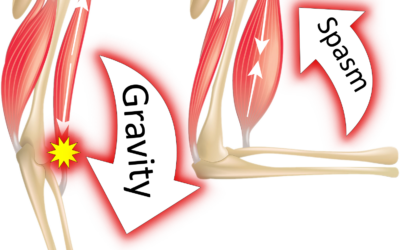What is Knee Hyperextension after a Stroke?
Knee hyperextension is a common problem after a stroke. Knee hyperextension is when the knee goes beyond a straight position. Yeah, not exactly natural looking or feeling. ?
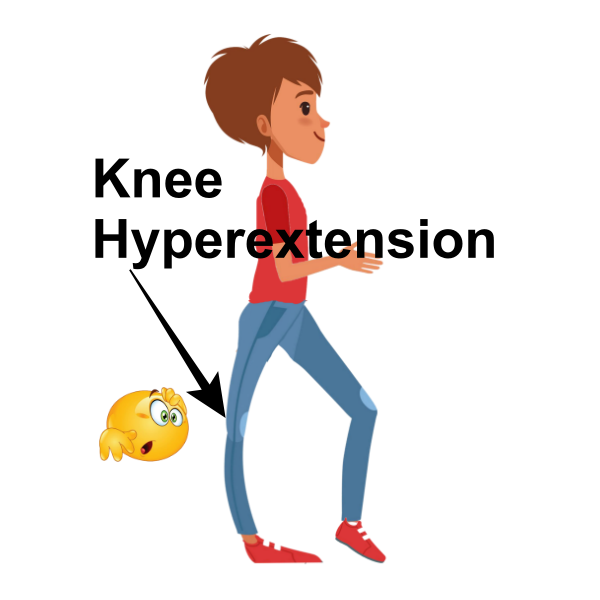
Knee hyperextension (recurvatum) usually happens in the involved leg. It is the most obvious when full body weight is placed on the leg (stance phase). For instance, when swinging the uninvolved leg during walking.
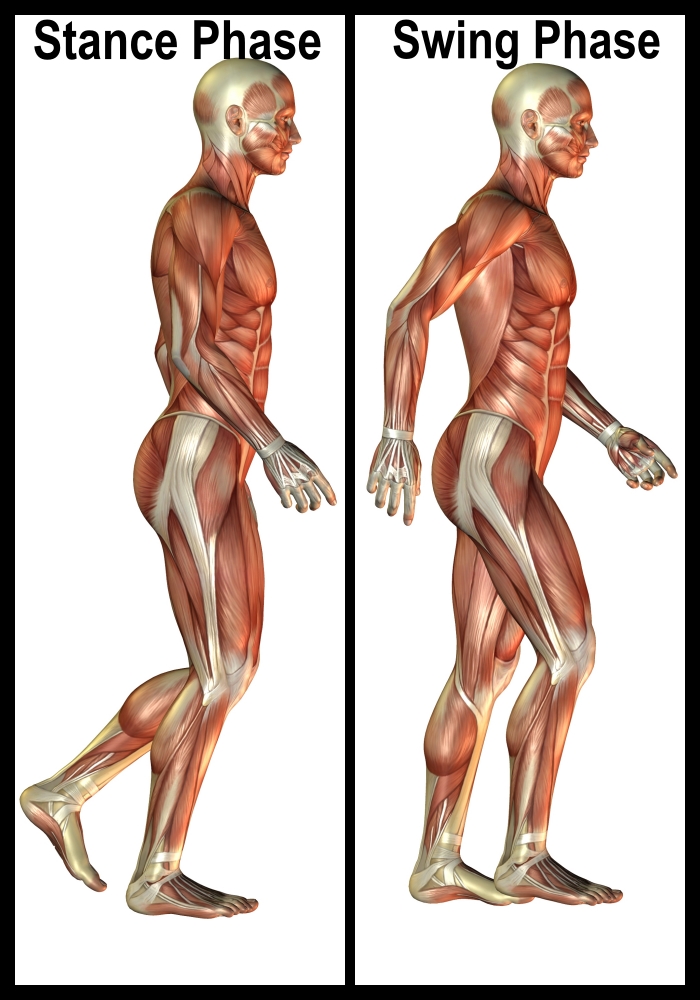 .
.
This can create hip pain, back pain, and of course knee pain. When the knee extends unnaturally during stance, it can also make it impossible to bend the knee to swing the leg through (swing phase). This might cause you to swing your leg out to the side to clear the ground.
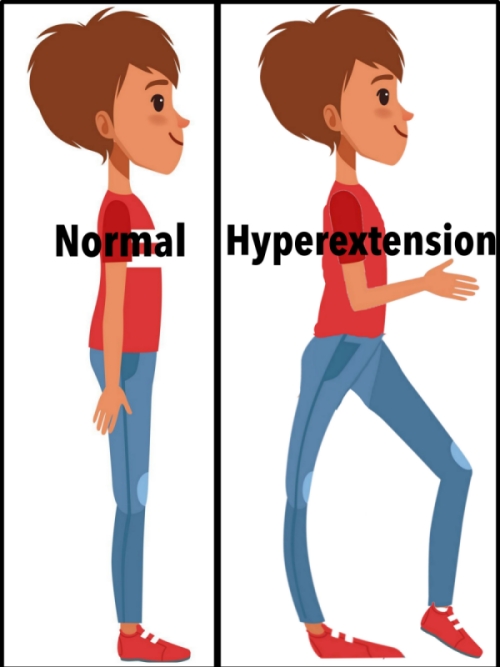
What causes knee hyperextension after a stroke?
Knee hyperextension is caused by poor control in the muscles around the knee. This can happen due to under-active hamstring muscles (muscles that bend the knee) or overactive quadriceps muscles (muscles that straighten the knee).
What are the best exercises to help decrease knee hyperextension after a stroke?
So, the focus of the exercises is two-fold. One is to relearn how to bend the knee by teaching the brain how to “turn off” the overactive quadriceps. The second part of the exercise focus is to retrain the muscles that bend the knee.
The final part of the training will be relearning how to stand. The focus of standing will include learning how to engage the quadriceps enough to support your body weight, without going into hyperextension.
If you have made it this far, I am sure you really want to know “the how”. So let’s get right to it…..
How to strengthen weak muscles around the knee to stop knee hyperextension after a stroke?
As I stated, part of preventing knee hyperextension is to retrain the muscles that bend the knee. Heel slides are an excellent activity for this. To perform a heel slide, you want to lay on your back. Next, try and bend the knee by pressing your heel down into the mat (or whatever surface you are on 🙂 )
Heel slides:
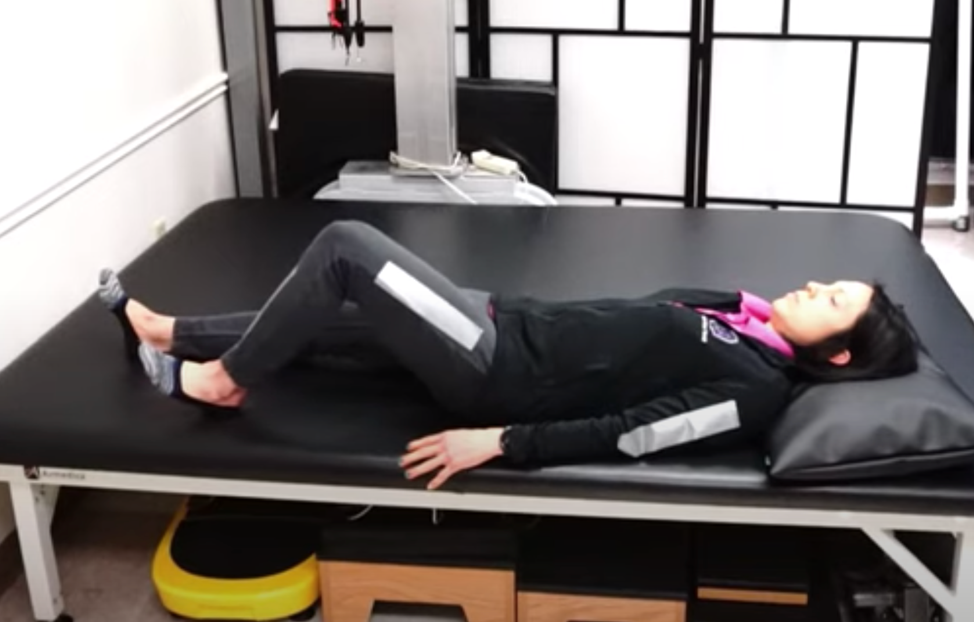
Modified Heel Slide:
If you are unable to bend your knee with it flat on the bed/mat, here is a modification.
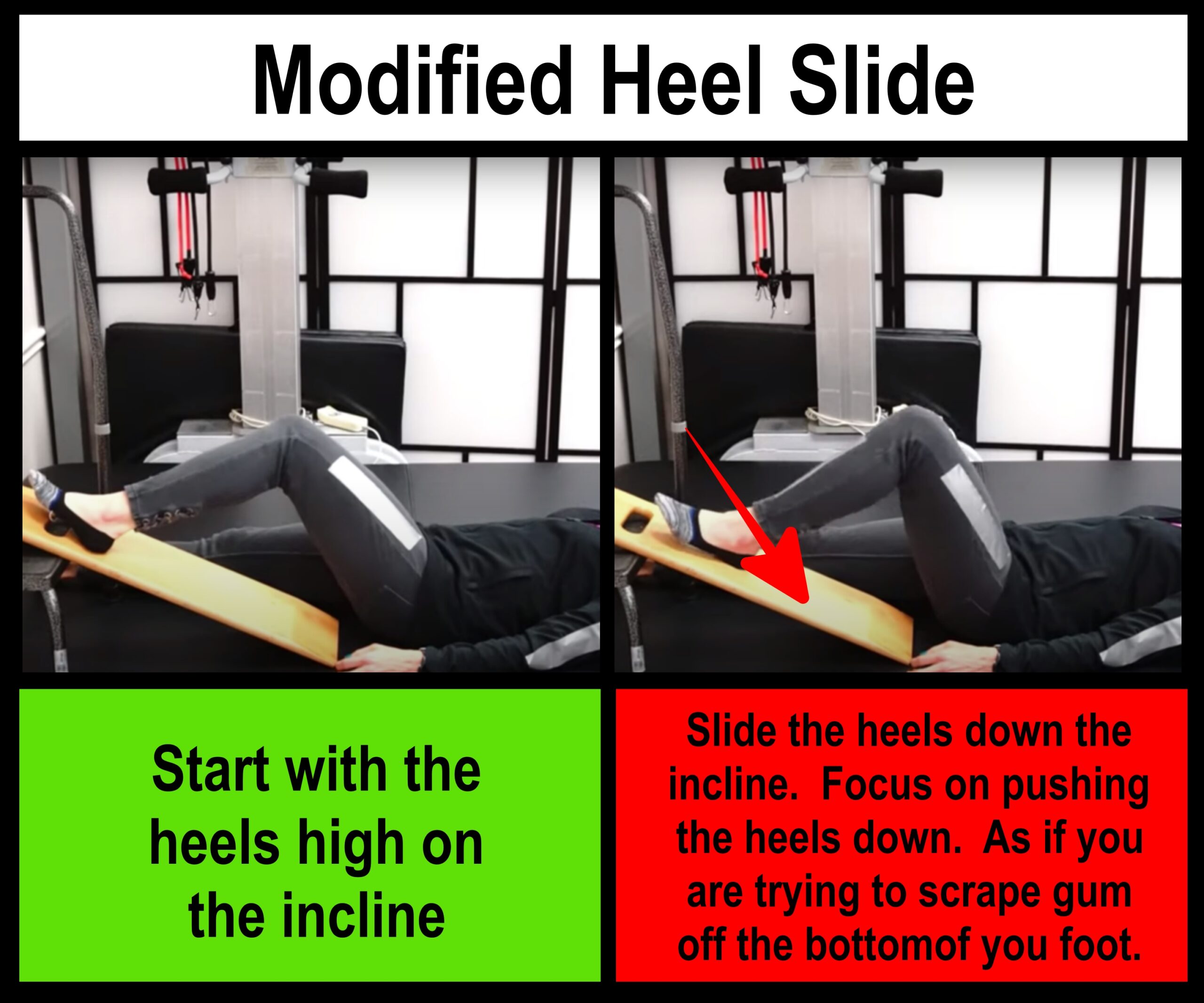
Standing:
Next you want to try and straighten the leg in standing without hyperextension. Now, this might take a TON of practice so be patient. The main thing to focus on is maintaining a “crouched” position with both knees bent.
Step one
Shift your body weight to the involved leg
Step two
Try and step the uninvolved leg forward while maintaining a slight bend in the involved knee.
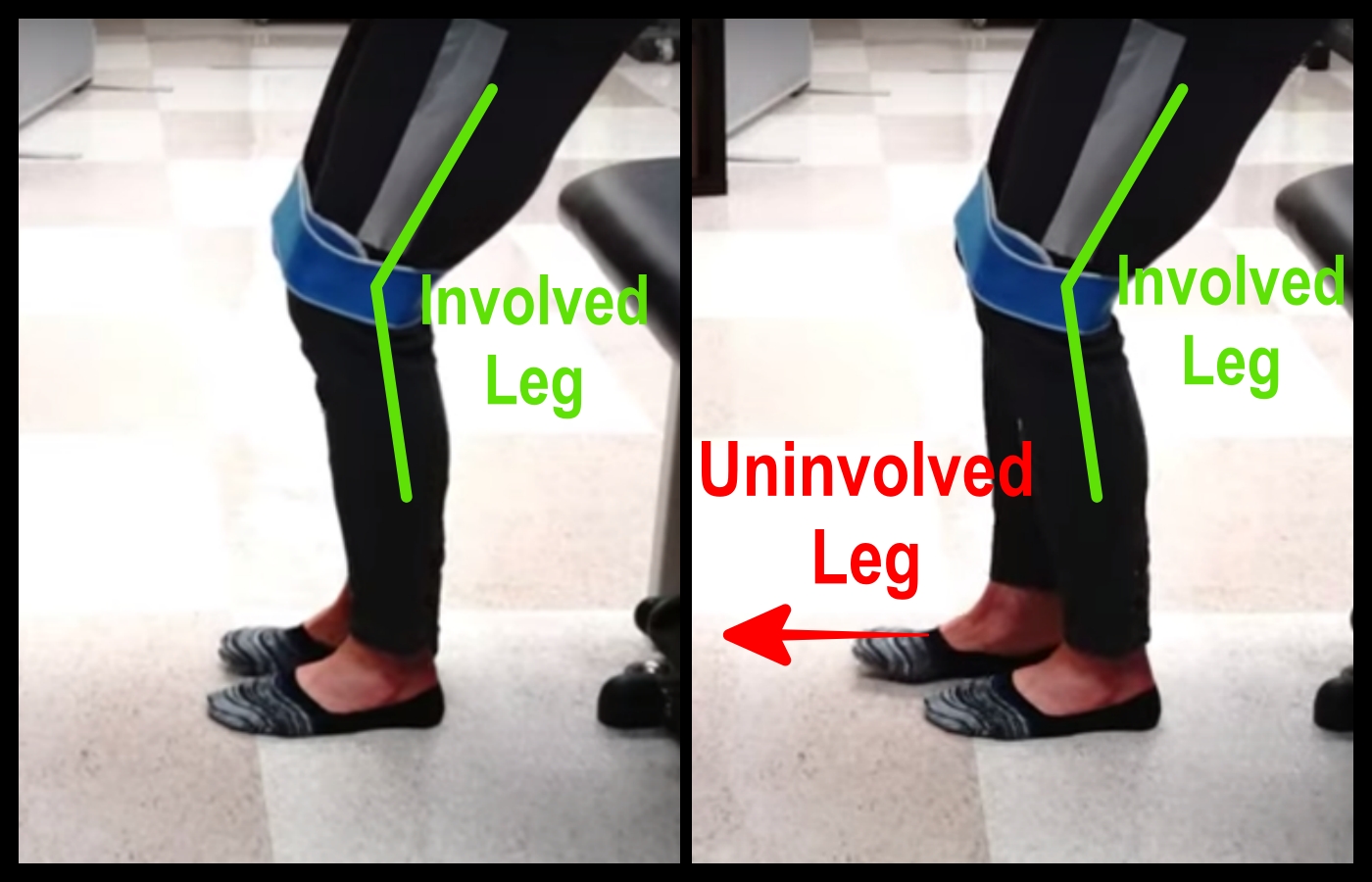
Other articles you may be interested in:
Walking After Stroke (Early Stage)
Walking after a stroke is important to a ton of stroke survivors. A stroke causes hemiplegia (weakness on one side of the body which can make standing and walking difficult. With this in mind, I get a ton of questions from stroke survivors and their...
Brunnstrom Stages of Motor Recovery
The Brunnstrom stages of stroke recovery is one proposed model of how someone with hemiplegia will recover movement. It was developed by a physical therapist in the 1960s and proposes that this sequence of recovery falls into six loosely defined stages. The main...
Gym Ball Exercise Routine for Better Balance
A Gym ball exercise routine is a great way to improve your balance. If provided with the correct exercises, they can challenge almost every "problem area" for a stroke survivor. The main areas that are problematic after a stroke are steadiness, symmetry, and dynamic...
Spastic ankle guide to stretching
Stretching a spastic ankle is critical to improve standing and walking. However, stretching a spastic ankle can also be extremely challenging. Add to that, NOT stretching a spastic ankle and you are at risk for making it worse. Ugh..... All that being said, never...
Does Constraint Induced Movement Therapy Improve Arm Recovery?
Hemiplegia (weakness on one side of the body) can be a huge cause of disability following a stroke. This can make activities such as grasping, reaching, and manipulating objects difficult, if not impossible. Constraint Induced Movement Therapy has been well...
What is a muscle synergy?
In the world of neurologic movement disorders, we talk a lot about "abnormal synergy patterns". And they kind of "get a bad rap" in how they can inhibit motor (movement) recovery. But functional muscle synergies are not necessarily a bad thing. Here we are going to...
Getting up after a fall
Falling can be a scary thing. Getting up from the floor after a fall is the number one most important skill to learn. Safety Warning: Check in with your body before moving It is important to note, you should only attempt to get up if you are not injured for...
Product Spotlight: Stroke Arm Exercise for Spasticity
Spasticity and abnormal movement patterns can make it difficult to perform stroke arm exercise. The Urias air splint can be an invaluable tool to minimize involuntary arm contractions, reduce pain, prevent contractures, and make it one thousand times easier to manage...
Best Method for Stretching Spastic Muscles
Stretching spastic muscles is critical after a stroke. Spasticity is a movement disorder that causes an involuntary muscle contraction in response to lengthening. This occurs if there has been damage to the brain or spinal cord. This can make movement retraining and...
What is spasticity?
Spasticity is an involuntary muscle contraction caused by a hyperexcitability of the reflex arc that occurs due to damage to the brain or the spinal cord. Huh?? Yeah, agreed. Ok, I get it, keep it simple. Did you ever wonder why your leg seems to spaz out for no...
